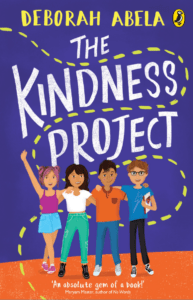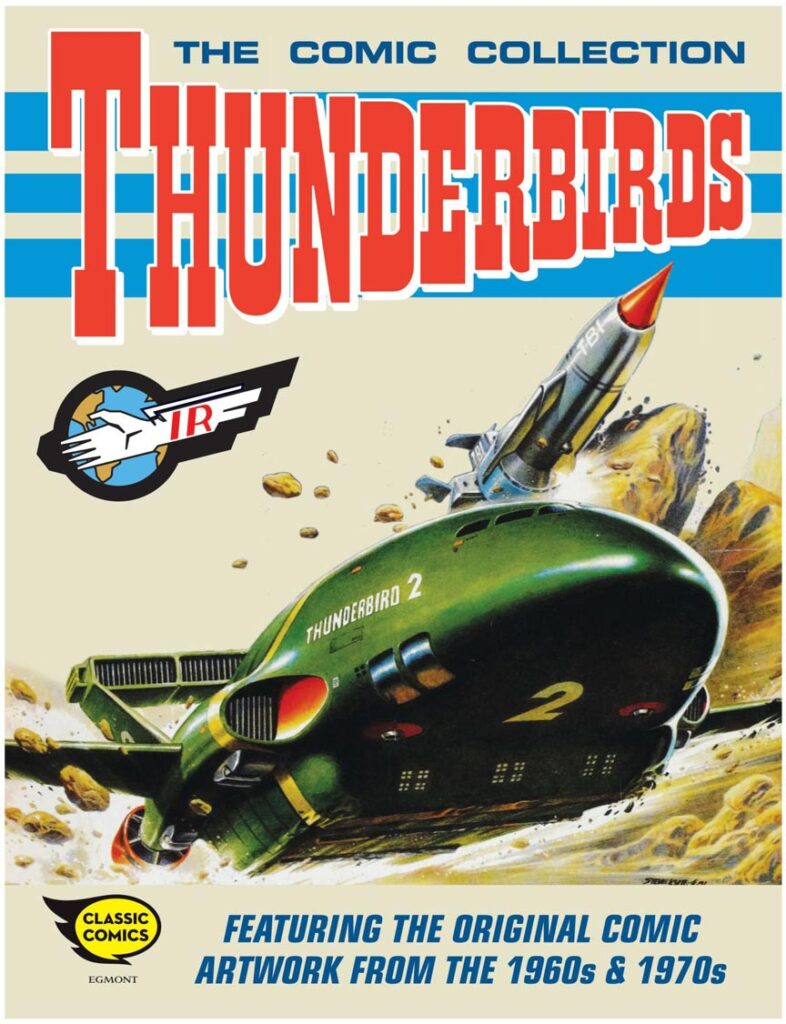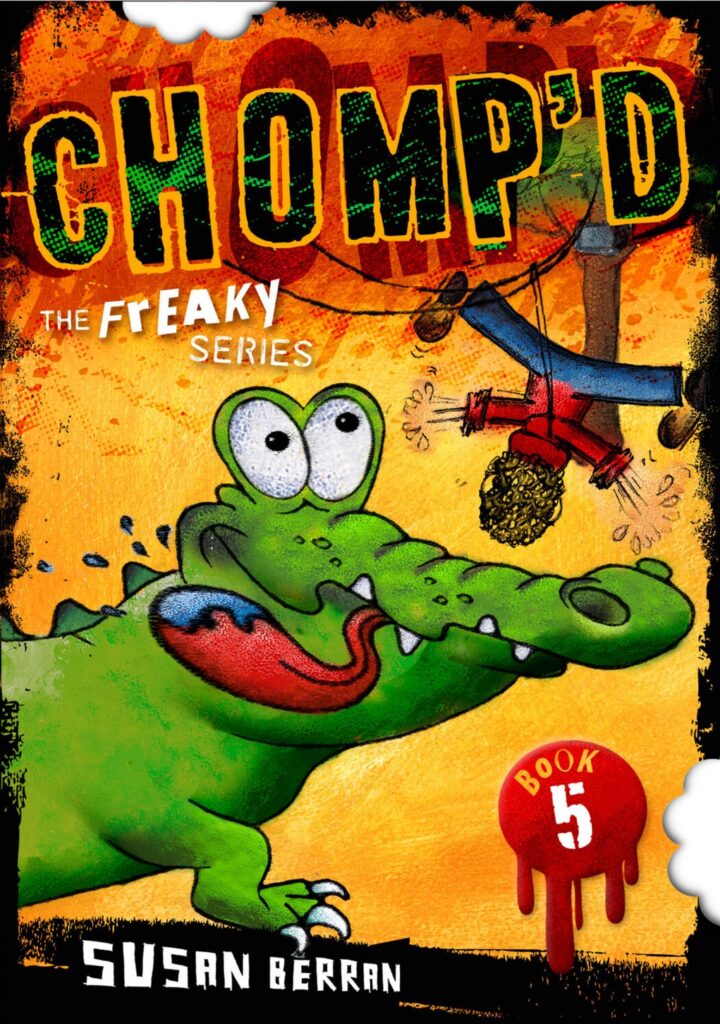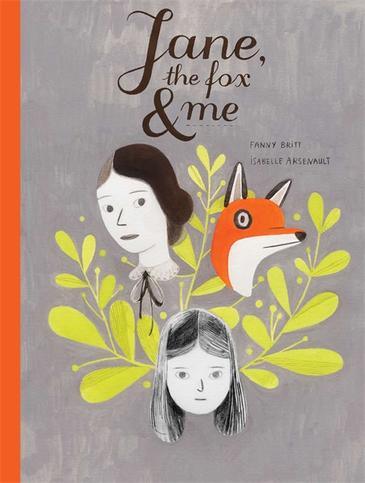Deborah Abela, The Kindness Project, Puffin, May 2024, 336 pp., RRP $16.99 (pbk), ISBN 9781761340185
The Kindness Project, by prolific and award-winning author, Deborah Abela, is a 2025 CBCA Younger Readers Award Notable and for many good reasons.
The story is told in the narrator voice of an upper primary school age girl, named Collette. She feels isolated and lonely at school and also has family worries and class bully, DJ, to contend with. Things get worse when Ms Skye sets a class group project to make the world a better place – “The kindness project” – and Nicolette is allocated to a group with the frightening bully, DJ, her former friend, Layla, and quirky, but friendly, new boy, Leaf. How will they come up with a suitable kindness project when they can’t get along?
Abela develops a heart-warming story of navigating peer friendships and family relationships.
She has packed so much into this short novel. Along with insights into Nicolette’s internal emotional responses to her life challenges, there is plenty of plot tension, such as Grandma’s daring escape from the nursing home and DJ’s Dad going missing. The story also covers several relatable and thought-provoking themes, including mental illness, fear, courage and empowerment, aging grandparents, bullying, kindness and trust, friendship, interpersonal conflict, creativity.
Despite the seriousness of the story’s content, Nicolette’s humour, together with playful novelty text to emphasise emotions, lightens the overall tone of Nicolette’s narrator voice and expresses her resilience and positivity.
The text is written in free verse which lacks conventional rhyme, but I noticed a certain rhythm and sections where the pace quickens and then slows back down. There is also an abundance of original, vivid and playful metaphors which are relatable and apt for the target age group (9–12-year-olds). One example is sinking ship metaphors to describe Nicolette’s fear of bully, DJ. Another is a jigsaw puzzle metaphor woven through the story to signify interpersonal connection or a sense of problem resolution and completeness.
The free verse text has a structure of short phrases per line of text, creating a sense of Nicolette’s wandering thoughts. This format also makes for quick reading, suited to reluctant readers, because there are few words per page.
With the characters being of upper primary school age and the story referring to serious themes, this novel is clearly suited to 9–12-year-olds. I highly recommend it for kids in that age group, especially to entice reluctant readers.
Reviewed by Barbara Swartz





